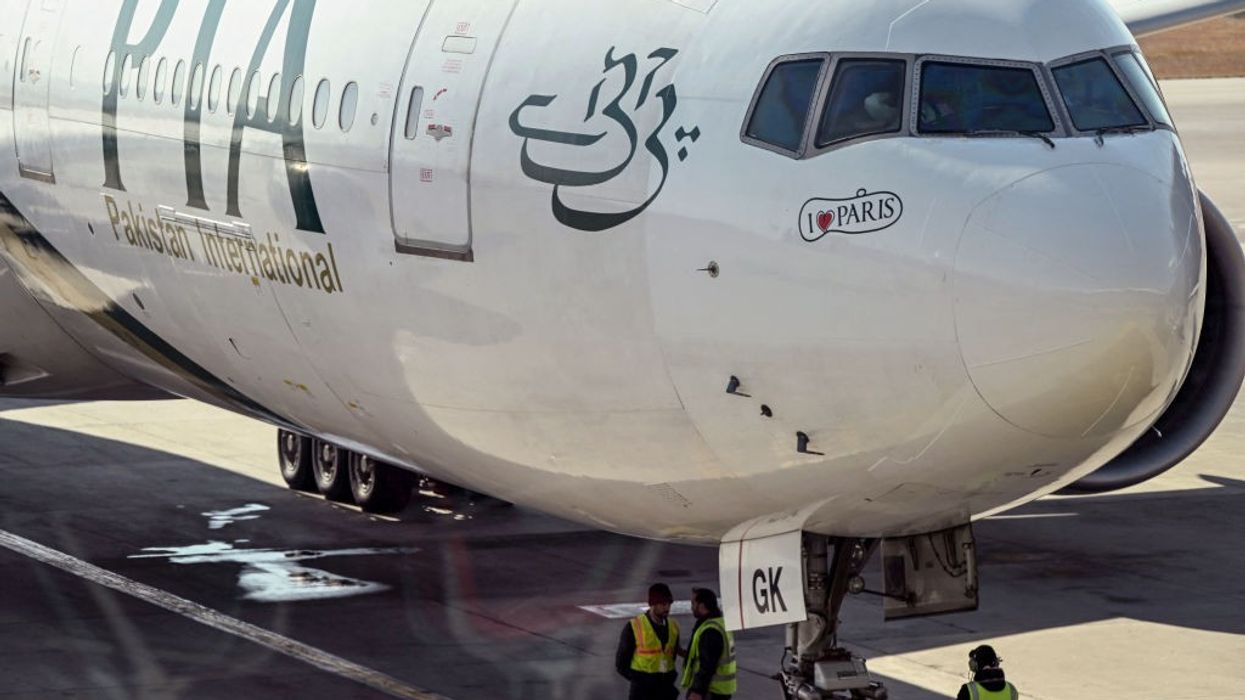PAKISTAN INTERNATIONAL AIRLINES said on Wednesday (24) it would resume direct flights next month on its most profitable route to Britain, putting an end to a five-year ban before the planned privatisation of the national carrier this year.
Britain cleared the airline to operate passenger and cargo flights, PIA said in a statement, adding that it would start operations from Manchester, before extending them to Birmingham and London.
The privatisation of the airline is a key condition of Pakistan's $7 billion (£5.4bn) bailout by the International Monetary Fund.
Britain and the European Union suspended PIA's operation in the region in 2020 over safety concerns, after Pakistan's then aviation minister said some of its pilots had fake licences.
The EU lifted its ban in November after Pakistan worked to meet benchmarks set by international aviation regulators.
This month, PIA reported its first pre-tax profit in two decades.
Islamabad has drawn interest in the national carrier from five domestic business groups, including Airblue, Lucky Cement, investment firm Arif Habib, and military-backed Fauji Fertilizer.
Final bids are expected later this year.
The airline was restructured, offloading approximately 80 per cent of its legacy debt to the government to make it more attractive to investors.
Last year's sale effort failed when the sole bid of $36 million (£28m) fell far short of a $305m (£240m) floor price.
Interested parties walked away before bidding, partly because the government was not willing to give up 100 per cent of the company, with bidders saying they did not want the government to remain involved.
Since then, PIA has posted its first operating profit in 21 years, driven by cost-cutting reforms, after making cumulative losses of $2.5bn (£2bn).
This success of the current process will depend on whether the government is willing to give up a 100 per cent stake, industry insiders said.
PIA resumed flights to Europe in January after the European Union lifted a four-year safety ban.
The restoration of international routes is vital to future growth opportunities and successful bidders are likely to bring in foreign airlines as operators.
(with inputs from Reuters)














